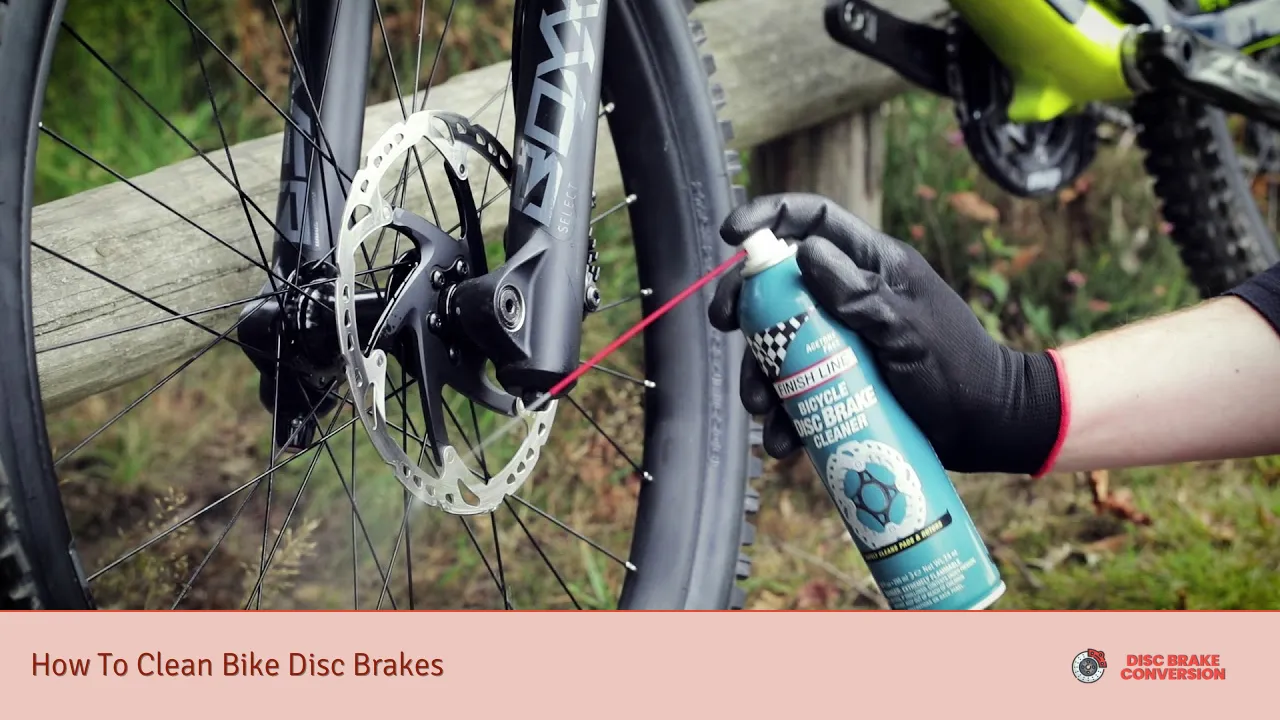Cleaning bike disc brakes is essential for maintaining optimal braking performance and ensuring safety while riding. Over time, dirt, grime, and brake dust can accumulate on the components, leading to reduced efficiency and increased wear. Regular maintenance helps to prevent issues such as squealing brakes or decreased stopping power. This guide will provide you with a comprehensive understanding of how to clean your bike’s disc brakes effectively.
Step Description 1 Gather necessary tools and materials. 2 Remove the wheel for better access. 3 Clean the rotor with isopropyl alcohol. 4 Clean the caliper using a soft brush. 5 Inspect and clean the brake pads. 6 Reassemble the wheel and test brakes.
Tools and Materials Needed
To clean your bike’s disc brakes effectively, you’ll need specific tools and materials. Having these items ready will make the process smoother and more efficient.
- Isopropyl alcohol or a dedicated disc brake cleaner: This helps remove contaminants without leaving residue.
- Clean, lint-free cloths or paper towels: Essential for wiping down components.
- Soft-bristled brush: Useful for cleaning hard-to-reach areas.
- Water and mild soap: For general cleaning of other bike components.
- Rubber gloves (optional): To keep your hands clean during the process.
Having these materials on hand will ensure that you can perform a thorough cleaning of your disc brakes without damaging any components.
Step-by-Step Cleaning Process
Step 1: Remove the Wheel
Start by removing the wheel from your bike to gain easy access to the rotor and caliper. This step is crucial as it allows you to clean all parts of the braking system thoroughly without obstruction. Make sure to place the bike on a stable surface or use a bike stand to prevent it from tipping over during this process.
Step 2: Clean the Rotor
The rotor is a critical component of your disc brake system. To clean it effectively:
- Spray isopropyl alcohol or a dedicated disc brake cleaner onto a clean cloth.
- Wipe down both sides of the rotor thoroughly, ensuring that you remove any dirt, oil, or debris.
- Avoid touching the rotor with your bare hands after cleaning, as oils from your skin can contaminate its surface.
Cleaning the rotor regularly is important for maintaining consistent braking performance.
Step 3: Clean the Caliper
Next, focus on cleaning the brake caliper:
- Use a soft-bristled brush to remove any dirt or debris that may have accumulated around the caliper.
- You can also use a cloth dampened with isopropyl alcohol to wipe down the caliper body gently.
This step helps ensure that all moving parts operate smoothly and reduces wear over time.
Step 4: Inspect and Clean Brake Pads
Brake pads can become contaminated with dirt or oil, affecting their performance. Follow these steps:
- Check for signs of wear on the brake pads. If they are worn down significantly, consider replacing them.
- If they are dirty but not excessively worn, you can lightly sand them with fine-grit sandpaper (around 400 grit) to remove contaminants.
- Wipe down the pads with isopropyl alcohol using a clean cloth to ensure they are free from any residue.
Cleaning or replacing brake pads is vital for maintaining effective braking power and safety while riding.
Step 5: Reassemble and Test Brakes
Once everything is clean:
- Reattach the wheel securely to your bike.
- Before taking your bike out for a ride, test the brakes by squeezing the lever several times to ensure they engage properly.
This final check ensures that all components are functioning correctly after cleaning.
Important Tips for Maintaining Disc Brakes
To keep your disc brakes in optimal condition, consider these important tips:
- Avoid contamination: When washing your bike, do not spray water or soap directly onto the rotors or pads. Instead, remove them if necessary to keep them dry.
- Regular cleaning: Make it a habit to clean your disc brakes regularly, especially after riding in wet or muddy conditions.
- Use proper cleaners: Always use isopropyl alcohol or dedicated disc brake cleaners that do not leave residue. Avoid using automotive brake cleaners as they may contain oils that can affect performance.
Keeping these tips in mind will help prolong the life of your disc brakes and enhance their performance.
FAQs About How To Clean Bike Disc Brakes
- How often should I clean my bike’s disc brakes?
You should clean your disc brakes regularly, especially after riding in wet or muddy conditions. - Can I use soap and water to clean my disc brakes?
While mild soap and water can be used for general cleaning, avoid getting it on rotors and pads as it may cause contamination. - What should I avoid when cleaning my disc brakes?
Avoid using oil-based cleaners and touching braking surfaces with bare hands as this can lead to contamination. - How do I know if my brake pads need replacing?
If your brake pads are worn down significantly or show signs of contamination that cannot be cleaned off, it’s time to replace them. - Is it necessary to remove my wheel when cleaning?
Removing the wheel makes it easier to access all components of the braking system for thorough cleaning.
Maintaining clean bike disc brakes is crucial for ensuring safety and performance while riding. By following these steps and tips, you can keep your braking system in excellent condition. Regular maintenance will not only extend the life of your components but also enhance your overall cycling experience.

